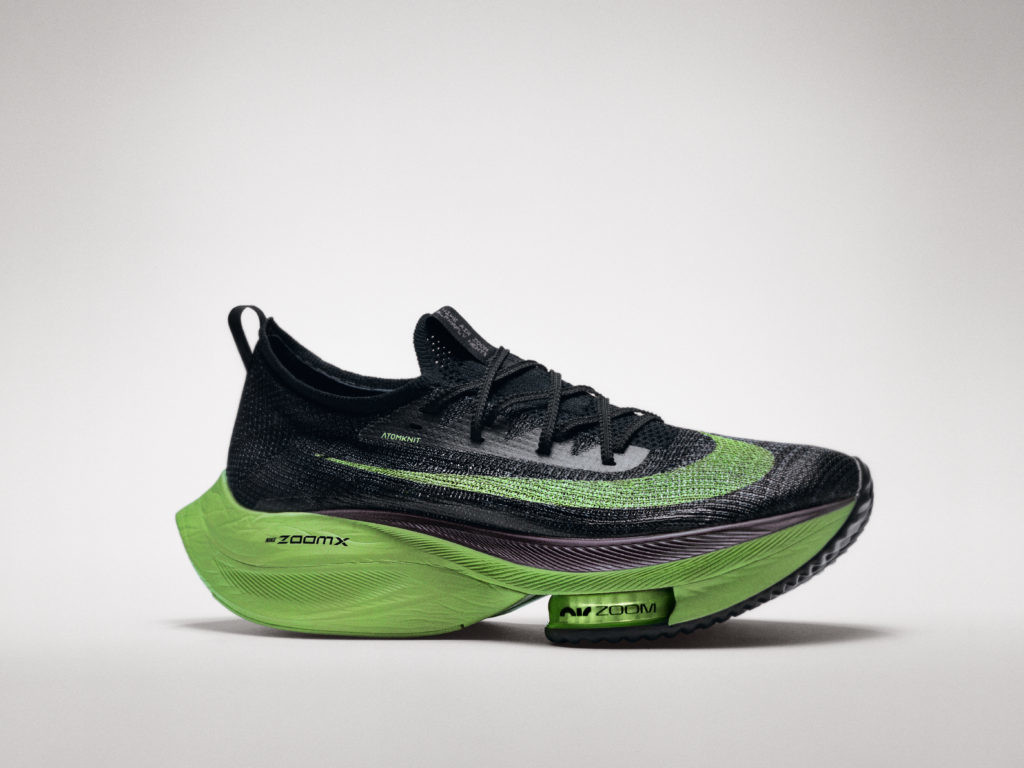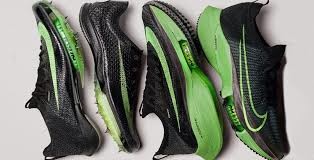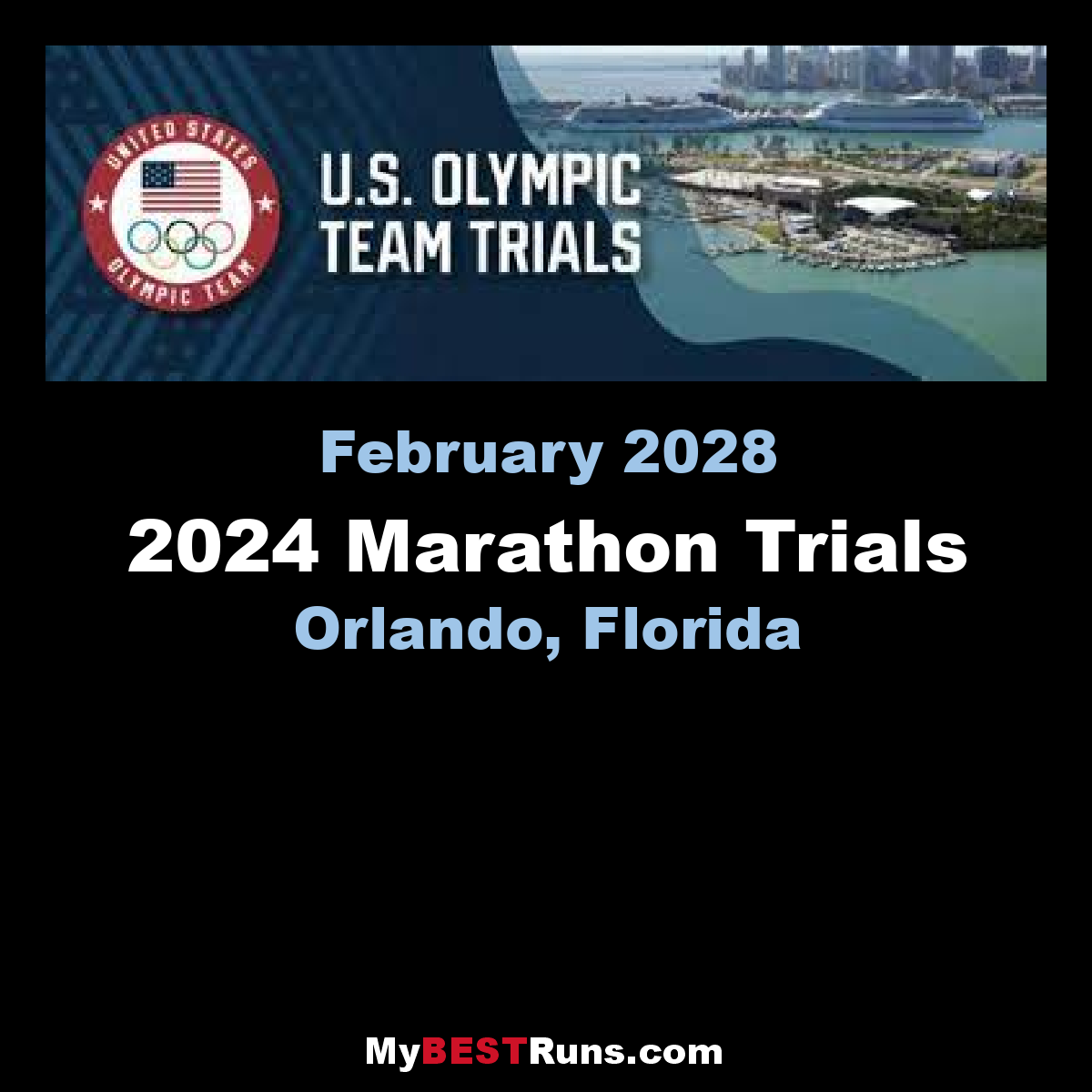Running News Daily
Running News Daily is edited by Bob Anderson. Send your news items to bob@mybestruns.com Advertising opportunities available. Train the Kenyan Way at KATA Kenya and Portugal owned and operated by Bob Anderson. Be sure to catch our movie A Long Run the movie KATA Running Camps and KATA Potato Farms - 31 now open in Kenya! https://kata.ke/
Index to Daily Posts · Sign Up For Updates · Run The World Feed
The true test of the newest Nike shoe will be in under three weeks' time at the U.S. Olympic Marathon Trials
Last week Nike released their newest line of shoes which includes the Air Zoom Alphafly Next%, complete with a 39.5 mm stack height, falling just under World Athletics’ new ruling of a maximum of 40 mm. Since the release of the so-called super shoe shoe (that conveniently follows all of World Athletics’ new rules) there has been heavy speculation that Nike was tipped off, but WA claims that’s not the case.
World Athletics told The Guardian last week, “We spoke to several shoe companies, including Nike, a few days before we released our new shoe regulations to let them know what we were planning. But that was the extent of it.”
Alex Hutchinson has written extensively on this topic (including in the current issue of Canadian Running Magazine). He spoke to Nike and claimed on Twitter that according to the company, the commercial version of the Air Zoom Alphafly Next% isn’t all that different from the shoe Eliud Kipchoge wore to break the two hour barrier in October.

Here are the major takeaways from the thread: 1.- Kipchoge’s Alphafly prototype was legal, and basically identical to the upcoming consumer version. 2.- World Athletics measured a size eight as 39.5 mm [stack height], which is their reference size (WA rules actually say size 42). 3.- Heel-toe offset will be 8 mm in commercial shoe.

If the Kipchoge shoe was, in fact, nearly identical to the consumer version (available February 29 in limited release), then perhaps World Athletics’ assertion that no shoe company had advance notice is credible.
When asked last week about what the future holds for running shoe technology, Hutchinson points out that we don’t actually know how good the Alphafly is yet. He wrote in an email, “Seeing Kipchoge run sub-two in the earlier prototype was obviously impressive, but there was a lot going on in that race. With the original Vaporfly, we had actual external lab data telling us how good it was. But for subsequent models, we’re just guessing. Just because it looks crazy doesn’t mean it’s substantially better than previous models. I guess we’ll find out—but for now, that knowledge gap makes predictions about the Alphafly’s impact difficult.”
The true test will come at the U.S. Olympic Marathon Trials when the shoe will go head-to-head against other companies’ carbon-plated creations for the first time. That event will have spectators watching shoes just as closely as the runners.
by Madeleine Kelly
Login to leave a comment
2028 US Olympic Trials Marathon
Most countries around the world use a selection committee to choose their Olympic Team Members, but not the USA. Prior to 1968, a series of races were used to select the USA Olympic Marathon team, but beginning in 1968 the format was changed to a single race on a single day with the top three finishers selected to be part...
more...




